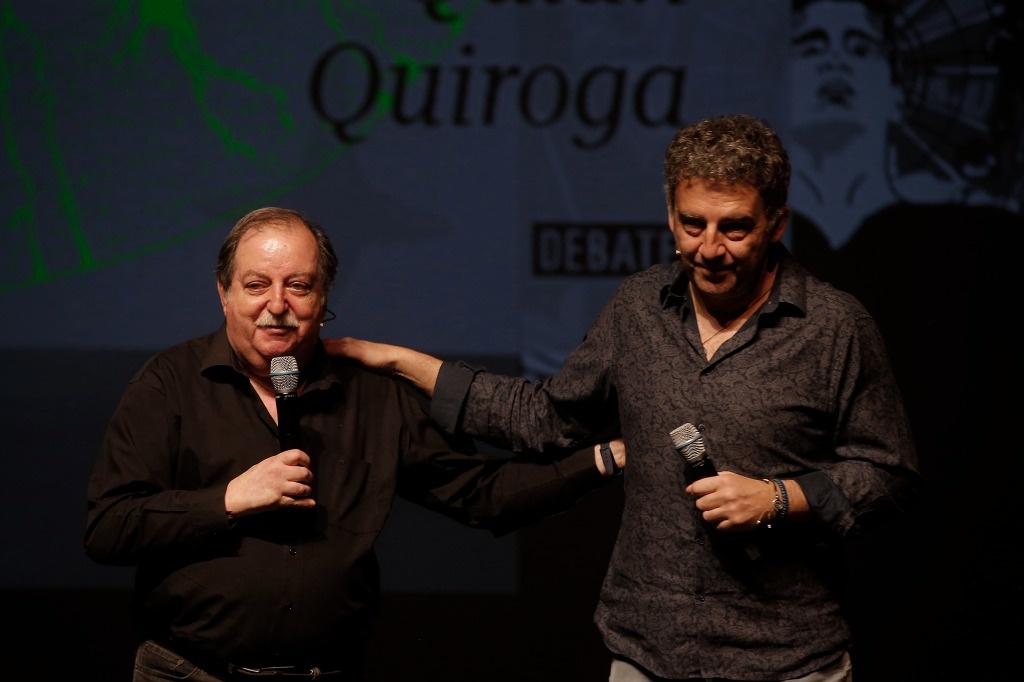Artificial intelligence is far from human intelligence because the former does not have common sense, nor can it react to new situations, said the Argentine neuroscientist Rodrigo Quian Quiroga, who offered the keynote lecture yesterday. What makes us human?attached to El Aleph, Festival of Art and Science, which takes place at the National Autonomous University of Mexico (UNAM).
Visiting Mexico, and before just over 500 attendees who packed the Miguel Covarrubias room of the UNAM University Cultural Center, Quian Quiroga added that a computer is “incredibly advanced in specific tasks, but you cannot ask it to play chess.” and at the same time recognize human faces because you won’t be able to.
“It is true that there are very advanced computers that defeat any person on this planet, both in chess and Go (of Eastern origin). These machines had to be programmed to play a million games per day.
The big difference with human beings is that we learn to do something new with almost no training. We perform more or less well in any daily activity because that is our life; One thing after another does not happen to us so that we learn how to behave. On the contrary, we face new situations all the time and we know the way in which we should react, whether we are correct or not.
Philosophy and technology
Head of bioengineering at the University of Leicester, England, Quian Quiroga also spoke on two topics: the numerous science fiction films that, in addition to triggering the imagination of futurist writers, nourish neuroscientists with philosophical and technological themes, as well as to the discovery of the so-called concept neurons or Jennifer Aniston’s neurons
.
We specialize very much in something, but sometimes we lack a global vision of things. That complement (in my case) is provided by art or philosophy. There are several films that sparked discussions that we currently discuss in the laboratory.
Quian Quiroga projected scenes from some films, such as Terminator 2, Planet of the Apes y 2001: Space Odysseywhich he described as innovative, because director and screenwriter Stanley Kubrick had a wonderful vision of what a supercomputer could be. Another relevant success is that the American scientist Marvin Minsky collaborated
.
After discussing the seventh art, the scientist addressed one of his discoveries: the so-called concept neurons, nerve cells located in the hippocampus.
“We did studies on a patient who suffered from epilepsy and we placed electrodes inside his brain to evaluate it. Then we showed him some photos to verify if the brain area where the seizures are triggered (channel 53, neuron 2) responded to the images. What happened is that the patient responded to photographs of actress Jennifer Aniston.
But it did not respond to a visual stimulus but to a concept. So I deduced that these neurons allow us to think about concepts. We think about thoughts. The key difference between humans and other species is that we make representations of abstract concepts. That triggers our creativity.
he concluded.
At the end of the conference, cultural journalist José Gordon, also curator of El Aleph, commented that the talk represented a deep dialogue that allows us, through science, art and literature, to understand. What is truly beautiful and amazing is being able to realize that we can enter scenarios that we could never have imagined.
.
#Quian #Quiroga #lacks #common #sense #human
– 2024-05-13 04:34:21


